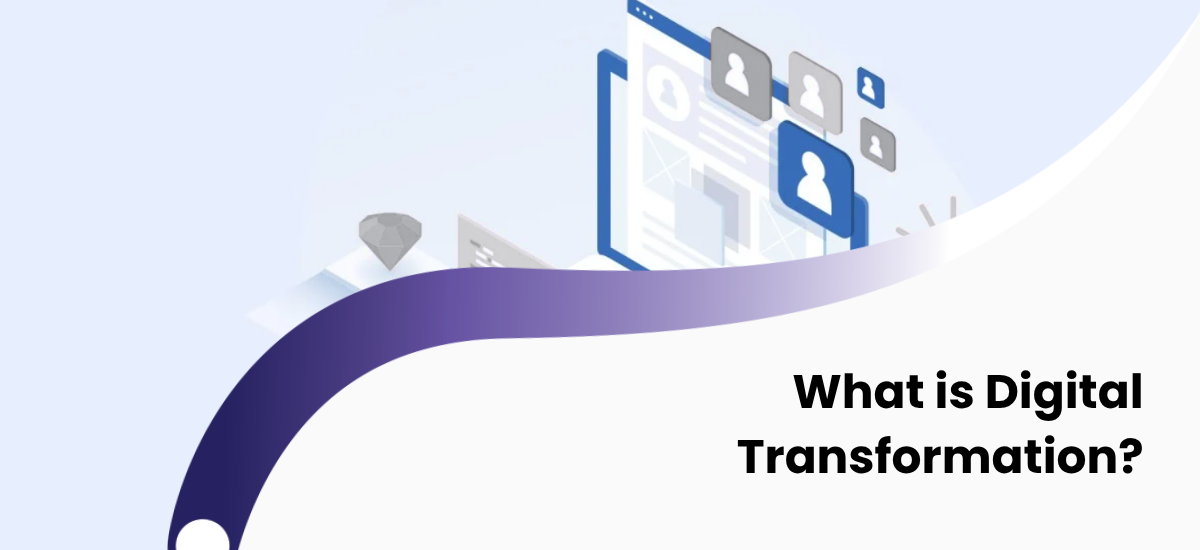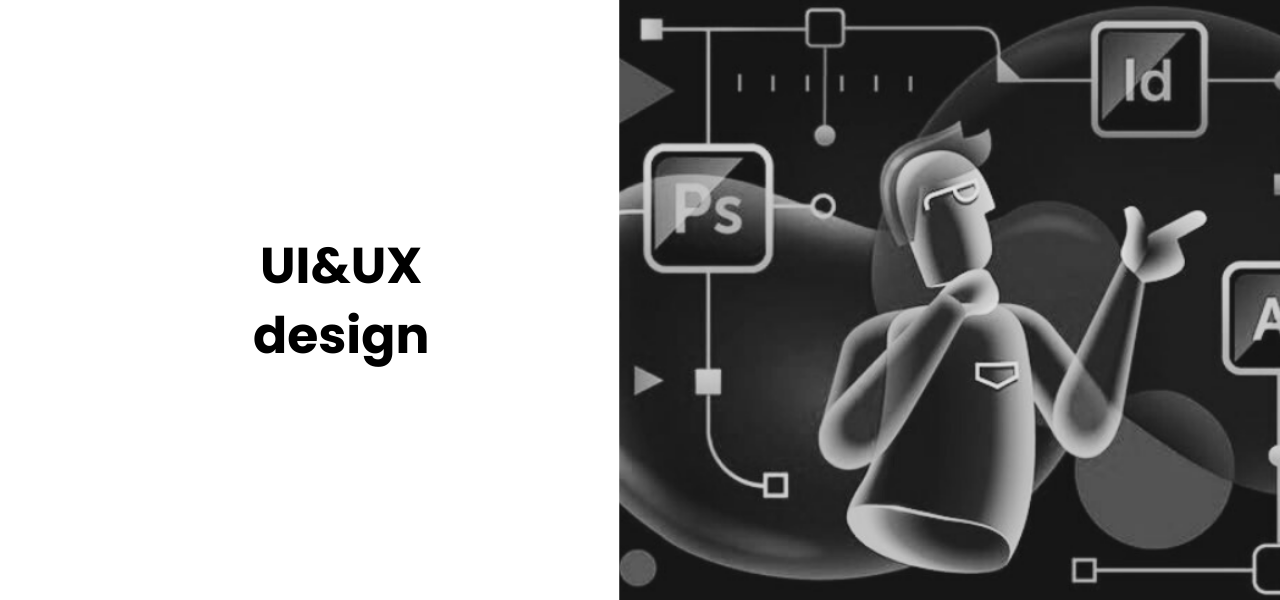"Digital Transformation" has become one of the business world's biggest buzzwords in recent years. When many leaders hear this term, they immediately think of building a modern website, opening a social media account, or using cloud technology. However, these are not the transformation itself, but merely its symptoms or tools.
If you view digital transformation as "just a website," you are missing out on your company's greatest competitive advantage. So, what is Digital Transformation (DX) really?
In short, it means using technology to fundamentally change your company's operating model, customer experience, and business model. It's not about "adding" technology to existing processes; it's about placing technology at the core of your business.
If a Website is the "Digital Storefront," Transformation is the "Engine"
Let's clear up the biggest confusion:
- A website is your digital "storefront." It shows customers who you are and what you offer.
- Digital Transformation is your "engine." It runs behind the scenes, managing all your business processes, taking orders, organizing inventory, analyzing customer data, and making your operations faster and more efficient.
A restaurant might have a website that simply displays its menu. But a digitally transformed restaurant has a website that is directly integrated with an online ordering system, inventory levels, and the order monitor in the kitchen.
The 3 Main Pillars of Digital Transformation
Transformation is not a single project; it is a continuous process that covers three main areas:
1. Automation of Business Processes (Operations)
This is the foundation of transformation. If your company still uses Excel spreadsheets, paper-based document circulation, or small, disconnected software, you are losing time and money every day.
Transformation starts here:
- Internal Processes: Implementing ERP (Enterprise Resource Planning) systems to manage finance, HR, and the supply chain.
- Customer Relations: Building CRM (Customer Relationship Management) systems that automate sales and marketing processes.
- Custom Solutions: Developing custom software for unique business needs that standard programs cannot meet.
2. Reimagining the Customer Experience (CX)
The modern customer expects speed, convenience, and personalization. Transformation means digitizing every "touchpoint" where the customer interacts with your brand.
- Omnichannel Approach: Ensuring the customer receives the same level of service whether they are on the website, mobile app, or in a physical store.
- Personalization: Analyzing collected data (from the CRM) to provide customers with personalized offers and discounts.
- Self-Service: Giving customers the ability to solve their own problems through online portals or chatbots.
3. Changing the Business Model
This is the highest peak of transformation. Here, technology doesn't just improve the existing business; it creates entirely new revenue streams.
A classic example: Netflix's shift from DVD rentals (a physical product) to a streaming service (a digital service). Or the shift of taxi companies to a platform model like Uber. This is a change in the business's DNA.
Conclusion: Transformation is a Journey, Not a Destination
As you can see, digital transformation is not about buying an expensive website or being active on social media. It is a necessary strategic change to survive the competition, increase efficiency, and win customer loyalty.
This isn't a "one-and-done" project; it's a continuous process. Your website is just the small, visible tip of this massive iceberg. The real work happens under the water—in your business's operational core.
At Crocusoft, we don't just provide companies with a "website." We deeply analyze your business processes, build custom software (ERP, CRM, portals) that automates your operations, and become your technology partner on your digital transformation journey.
Frequently Asked Questions (FAQ) About Digital Transformation
1. Are "Digitization" and "Digital Transformation" (DX) the same thing?
No. "Digitization" is converting analog information to digital (e.g., scanning a paper document to a PDF). "Digital Transformation" (DX) is building a system that automates the entire work process that uses that PDF (e.g., digital document management).
2. Should small businesses also undergo Digital Transformation?
Absolutely. For small businesses, transformation can be more agile and faster. It might not start with implementing an ERP, but with small, impactful steps like moving customer bookings from Excel to an online calendar or implementing a CRM.
3. What should be the first step in Digital Transformation?
The first step is not to buy technology, but to audit and analyze. You must identify where your current business processes are inefficient and where the "bottlenecks" are. Only then can you plan how technology will solve these problems.
 +994512060920
+994512060920





